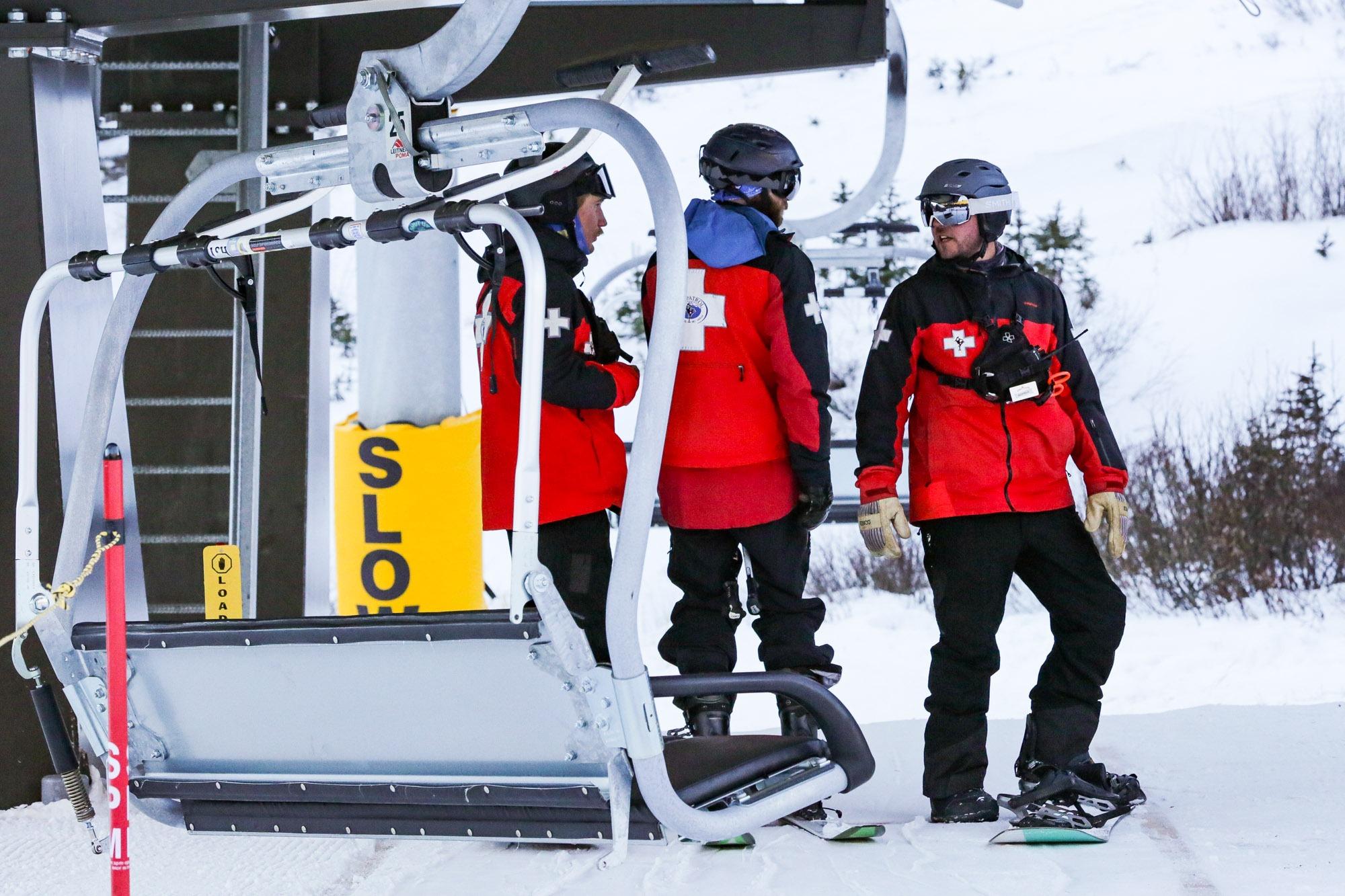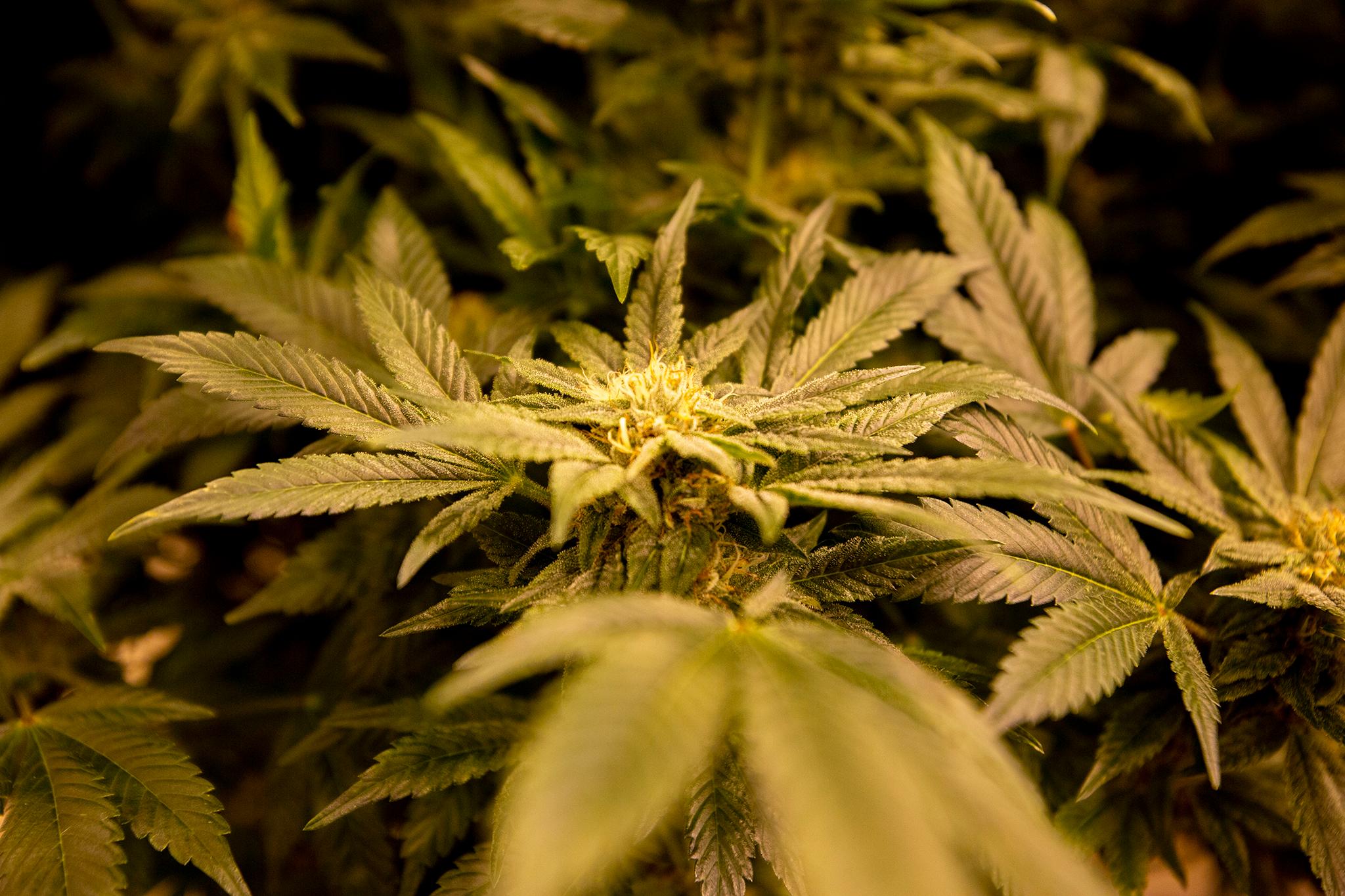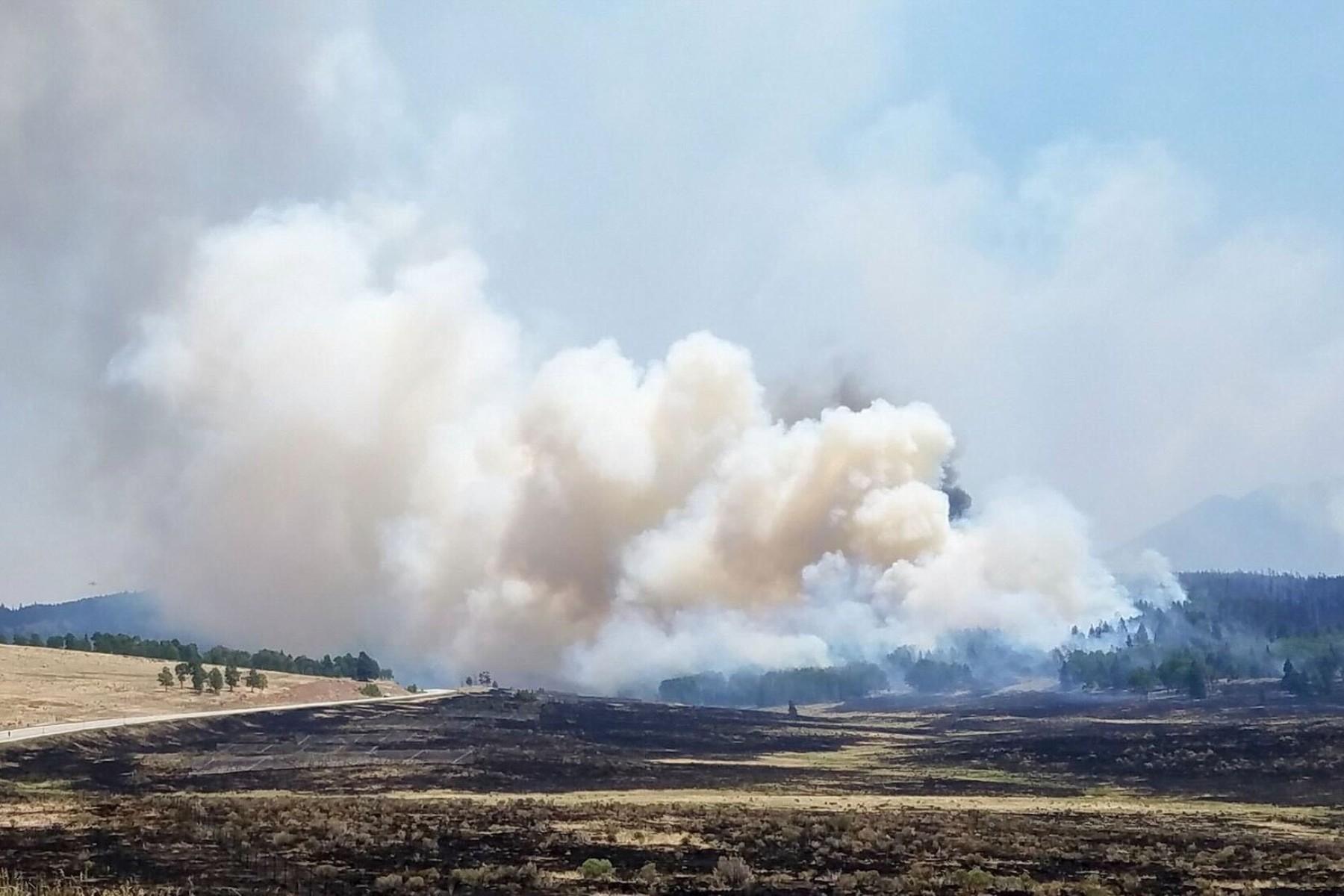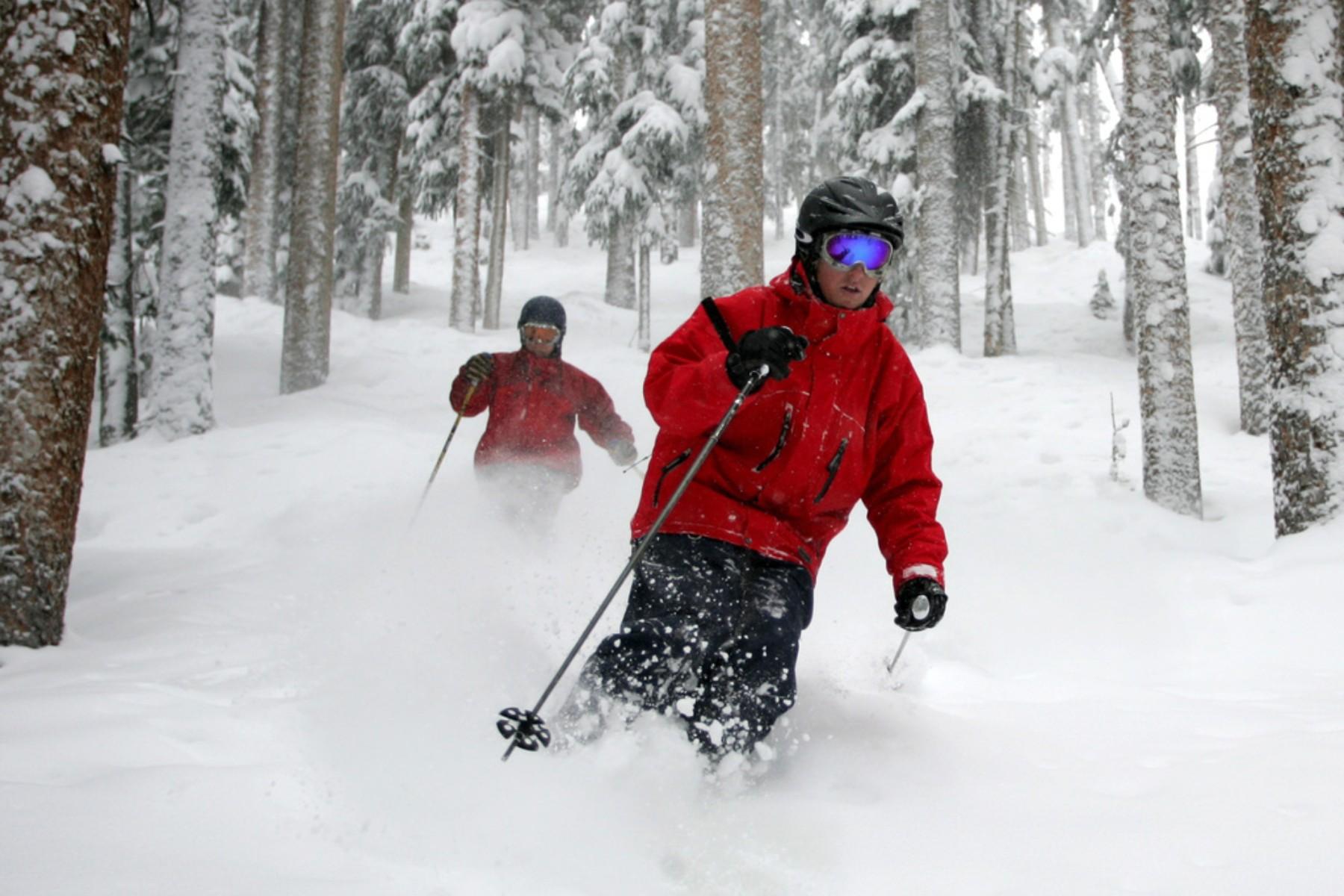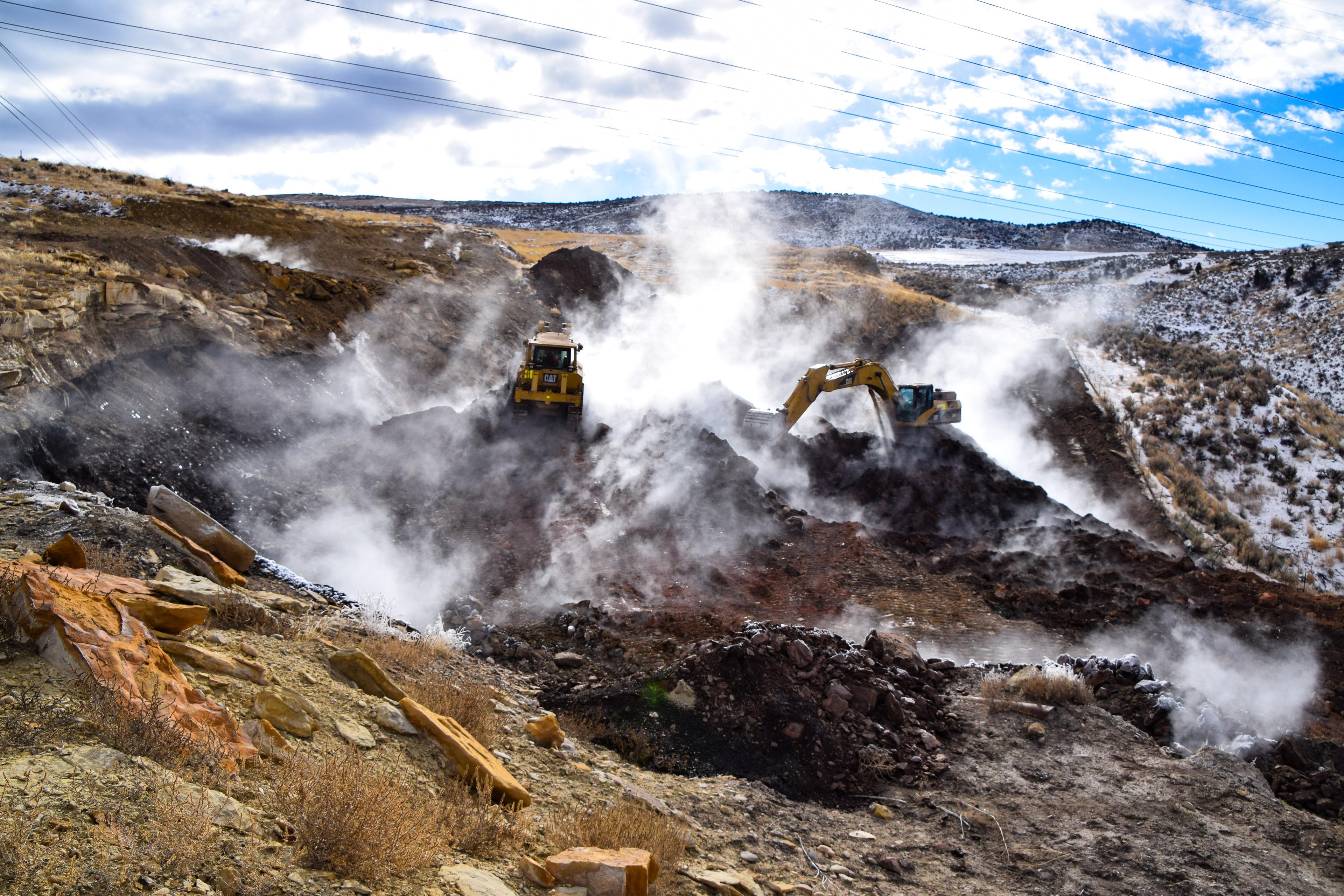
A coal seam fire burning in southwestern Colorado grabbed national attention last month when U.S. Forest Service rangers discovered it had ignited a full year ago.
Rangers posited that it was set ablaze during the 2018 Plateau Fire, and simmered in relative obscurity in the heavily forested area along the Dolores-Montezuma county line.
USFS officials appeared almost blasé in their response.
“The Coal Seam Fire will continue to burn underground as long as coal resources exist,” read the press release. It said a crack team of investigators would be “brought in sometime during 2020” to investigate further.
It turns out it’s a pretty ordinary occurrence in Colorado and other mineral-rich western states. All of them have a handful of regularly burning coal seam fires at any given time. Colorado has more than three dozen coal fires burning deep underground in abandoned mines, largely out of sight.
Sometimes, Tara Tafi, senior project manager with the Colorado Division of Reclamation Mining and Safety, said coal can spontaneously combust on its own, an act straight out of a Charles Dickens novel.
The state, with the help of Tafi, is keeping tabs on these long-lived underground fires, all 38 of them. Some can burn for as long as 100 years. As more people move into Colorado, the state is keeping an eye on the fires that are closest to population centers, and has designated six as high priority and in need of special attention.
“In the past there have been large wildfires caused by mine fires,” Tafi said.
For example, the 2002 Coal Seam wildfire destroyed 29 homes near Glenwood Springs.
“Going out and making sure that the danger is being managed and mitigated when necessary is really important to maintain some sort of control over the wildfire danger associated with these sites," she said.
But tending to a below-ground fire is unlike fighting ones above ground. Type 2 helicopters and bombers packed with slurry are of little use. The state’s role is more like that of a careful camper, mindfully tending a fire and hoping it never jumps outside the fire ring.
Those living near Glenwood Springs, take note: That area has the largest portion of underground mine fires. Tafi said the mining method used more than a century ago, combined with the overlay of coal seams, creates a rich environment for underground coal mine fires.
“That creates a chimney effect,” she said. “It really drives the fire behavior within those mines.”
In the next year, the state will use clay and soil to cap an underground fire in the South Canyon near Glenwood Springs. Two underground fires burn there, South Canyon West and South Canyon East.
“That will attempt to seal off the oxygen flow to the portions of the fire that are burning [underground] at a higher level,” Tafi said.
The underground fires are such a regular part of the state’s landscape that Division of Reclamation Mining and Safety officials have even estimated their carbon footprint. Greenhouse gas emissions are estimated to be about the same as 25,000 vehicles driving 10,000 miles per year. Methane emissions are about 2,800 tons per year.
“Mine fires generally are incomplete combustions. In terms of relative gas emissions, the coal burns less clean,” Tafi said. “It pales in comparison to a day’s worth of traffic in Denver.”

